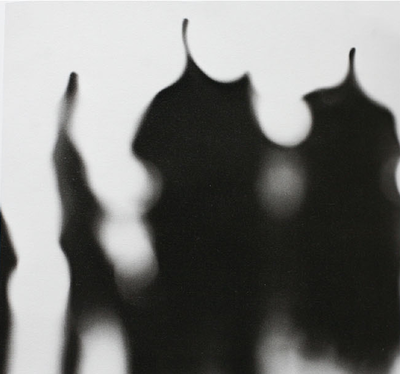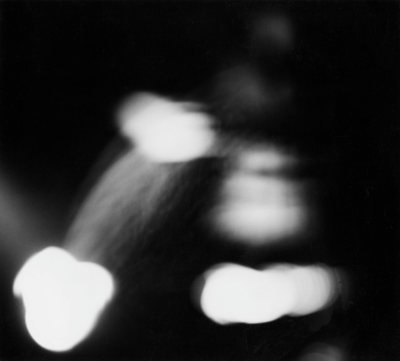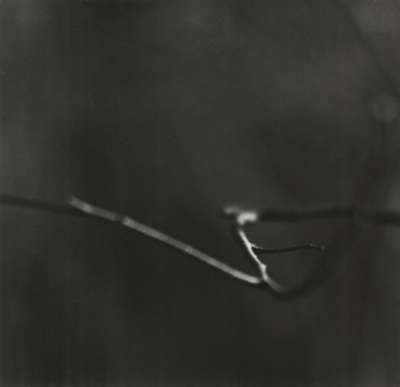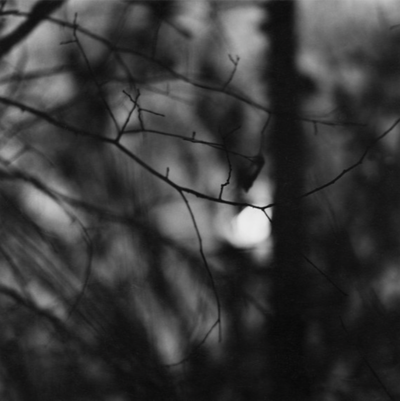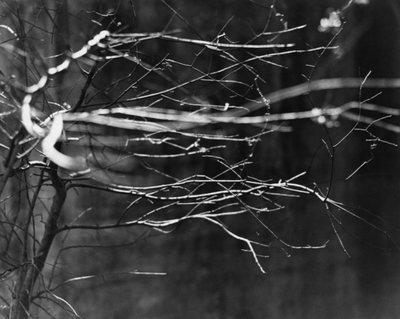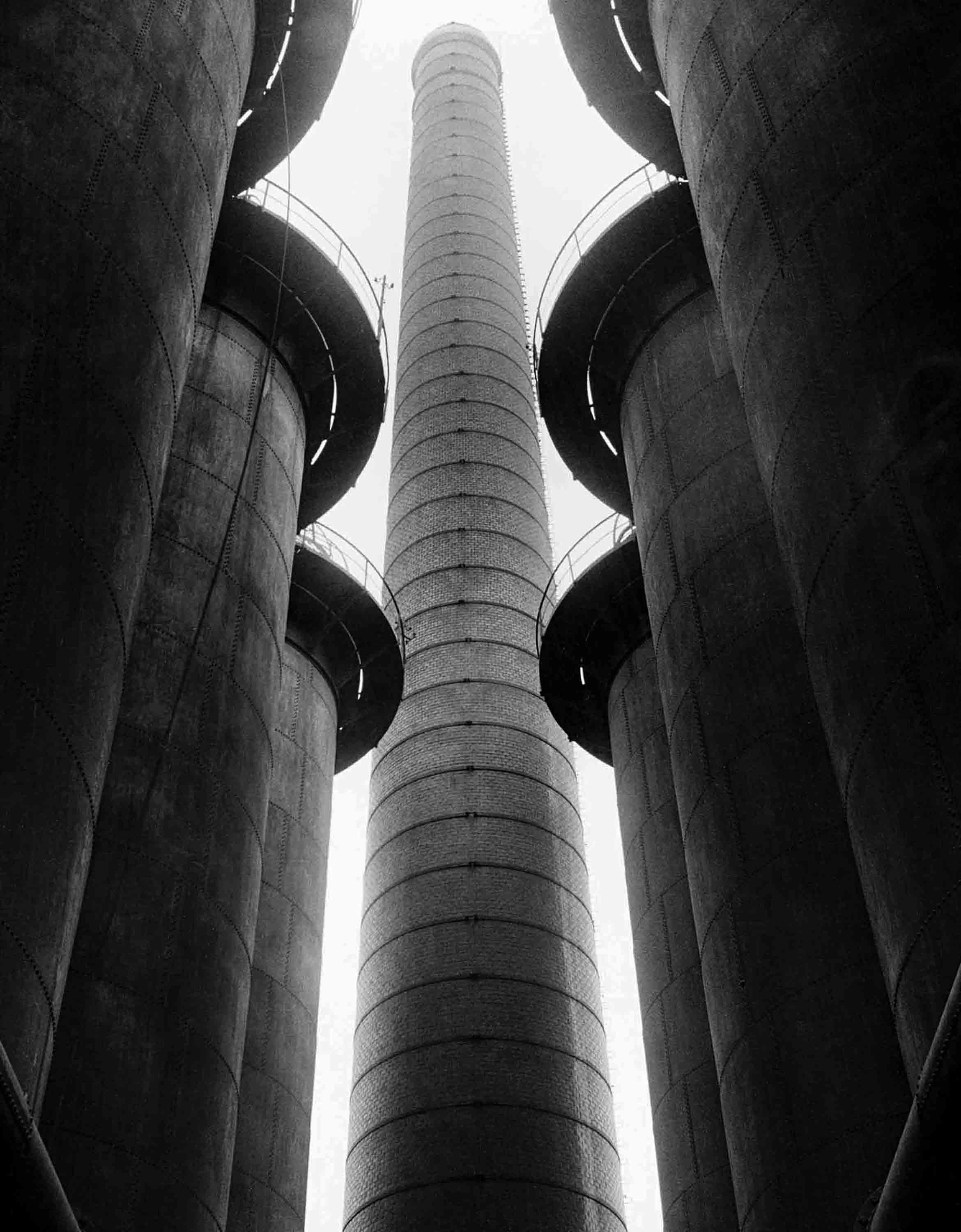Albert Renger-Patszch was a German photographer who was heavily involved in the new objectivity movement which emerged in 1920s Germany to contrast the abstract art of German expressionism . The movement focused on industrial objects and buildings and was similar to the style of realism. His attitude towards photography created a ‘faithful recording of the world’ according to the Tate. Renger-Patszch photographed a range of different things, from botanical’s, to still to life, to industrial architecture. His book “the world is beautiful doesn’t focus on just one aspect and instead shows this mix. He often used light to create beautiful shadows in his photos. He also used a lot of symmetry and repetition which made his industrial photos look more harsh but grew him criticism for being “too beholden to a naive idea of photographic realism and ended up aestheticizing everything, thus obscuring social realities” Other artists who were prevalent in the era of new objectivity were August Sander and Laszlo Moholy-Nagy.
analysis of his photos
Both of these photos are in a black and white tone. This was the only option for Renger-Patszch at the time as coloured photography was not available. Even though this wasn’t a conscious decision, it adds to the affect on the audience as it accentuates the monotony of the repeated line of loves as well as making the shadowing on the glasses clearer. The lack of colour brings attention to the objects. Both photos are of man made objects, even though the loaves are more organic they have a more industrial feel to them compared to the glasses as the photo is so focused on their symmetry and faultlessness. As said before the shadowing in his photos are excellent, this is partially due to the artificial lighting that adds an almost clinical feeling to the images, especially of the loaves. The cropping and framing of the photos is interesting as in the right hand photo, not all of the glasses are in frame and in the other photo the frame has been tilted instead of just rows photographed. This gives the illusion that the loaves just carry on going forever, again giving the photo an industrial feel.
Renger-Patszch inspired photography
I was especially inspired by Renger-Patszchs work on still life, in particular his photo of glasses, so i decided to take some similar photos using objects around my house. I ended up using some vintage crockery and cutlery which I felt worked really well.









































































This is my final image



























































